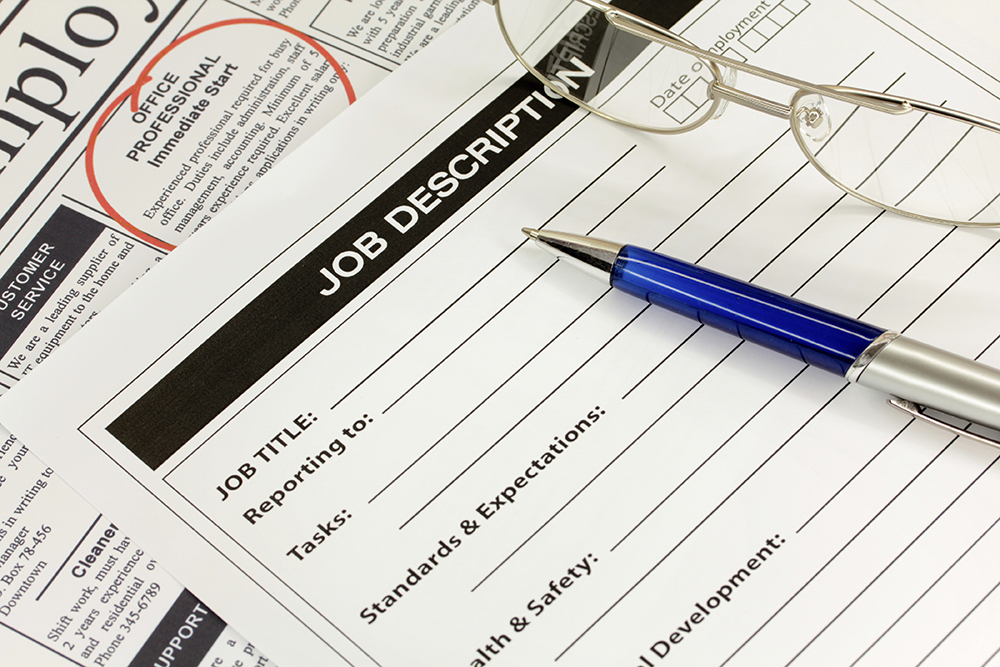In a previous post, “Importance of Clearly Defined Job Roles,” we discussed the importance of clearly defining staff job roles. Unclear roles and responsibilities can lead to a number of potential challenges, including:

- Nobody completes the work.
- Staff duplicate efforts.
- Conflicts over authority arise.
- Conflicts over responsibility arise.
These challenges can lead to decreased productivity, missed deliverables, and damage to morale. In this post, we discuss some tips and best practices to ensure roles and responsibilities are clearly defined.
Written Job Descriptions Are Critical
Perhaps the simplest and most important step in ensuring employees clearly understand their job description is to write it down. It’s important to be as detailed as possible so as to avoid confusion and misunderstanding.
At the same time, a job description should include a catch-all for items that may not be explicitly listed—for example, “and other duties as assigned by the supervisor.” This mitigates the risk of staff balking at assignments that aren’t explicitly included in a detailed job description.
Project Charters Can Be Helpful for Roles Within a Temporary Team
From time to time, employees may be put into teams for temporary projects that may not have been specifically envisioned when their job description was created. A lack of clearly defined roles within a temporary team can lead to the same issues as a lack of clearly defined job roles. A project charter is a way to document, in writing, the roles and responsibilities of every team member.
Include Review of Job Description in Regular Performance Evaluations
Most employees are unable to recall the entirety of their job description several years into the job. At that point, day-to-day practice has more influence on their understanding of their roles and responsibilities than a job description they read when they applied to the job years ago.
Including a review of the job description as part of regular performance reviews provides a benchmark against which to measure performance and keeps the job description fresh in staff’s minds, as well as supervisors’/managers’ minds. It also helps account for changes to the role over time.
Get Explicit Sign-Off
It’s always a good idea to document employee understanding of, and agreement with, their roles and responsibilities, whether for their overall job description or their role on a temporary team.
Accepting a job offer in the first place should serve as an agreement to taking on the job’s responsibilities. Signing off on a project charter and performance review affirms that agreement on a continuous basis.
Address Disputes Whenever They Arise
Finally, when disputes between staff over roles and responsibilities do arise, address them right away. Without clear direction from an authority figure, staff may reach their own conclusions. Even worse, they may simply do nothing.
Failing to clearly define job roles and responsibilities may result in employees’ making their own assumptions. They may have different views of their and their coworkers’ places in the office, which can lead to a number of costly challenges. But these challenges can easily be avoided by following best practices in clearly defining roles and responsibilities.
